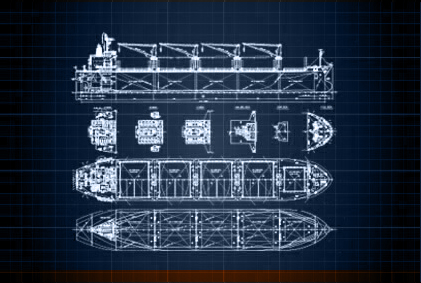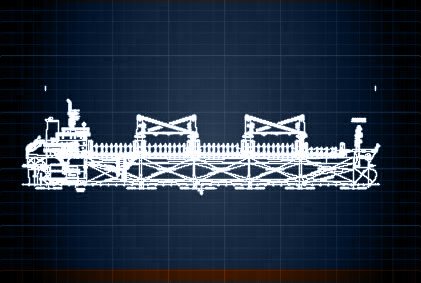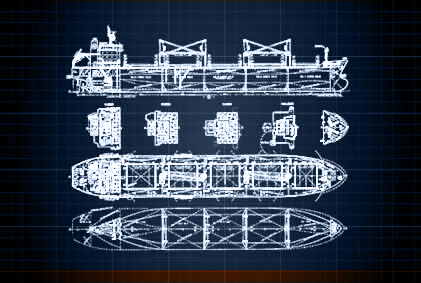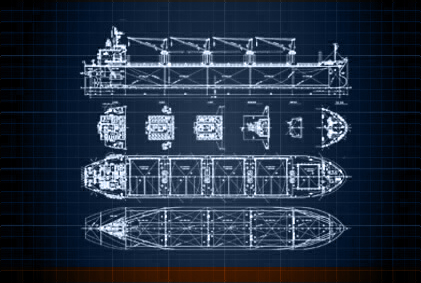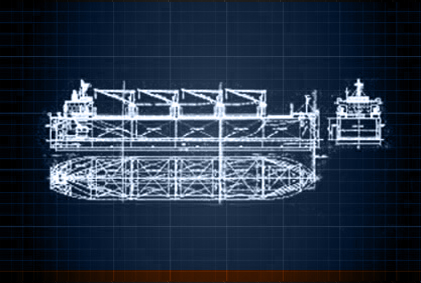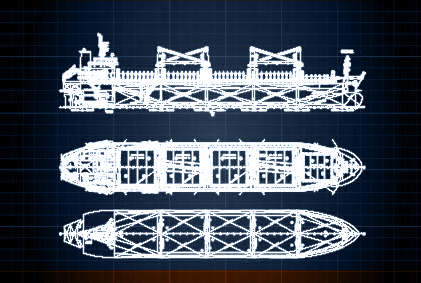Fleet
Pioneer Marine owns and manages a fleet of 15 geared drybulk carriers which trade worldwide in multitude of trade routes carrying a wide range of cargos for several industries. The cargo carried mainly relates to agricultural products, metals, energy, construction materials, and minerals.
Parties


(10-39,999 DEADWEIGHT)
Handysize
These ships carry the widest range of cargoes of any dry bulk size segment and mostly carry minor bulks and grain.

(40-64,999DWT)
Handymax
This segment of the dry bulk carrier fleet contains three distinct sub-categories – the traditional Handymax size (40-49,999dwt), the Supramax size (50-59,999dwt) and the Ultramax size (60-64,999 dwt).
Fleet
Pioneer Marine owns and manages a fleet of 10 geared drybulk carriers which trade worldwide in multitude of trade routes carrying a wide range of cargos for several industries. The cargo carried mainly relates to agricultural products, metals, energy, construction materials, and minerals.
Parties


(10-39,999 DEADWEIGHT)
Handysize
These ships carry the widest range of cargoes of any dry bulk size segment and mostly carry minor bulks and grain.

(40-64,999DWT)
Handymax
This segment of the dry bulk carrier fleet contains three distinct sub-categories – the traditional Handymax size (40-49,999dwt), the Supramax size (50-59,999dwt) and the Ultramax size (60-64,999 dwt).

